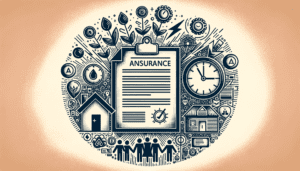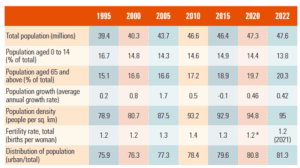Secure 2.0 Is Here, but Expect a Slow Rollout

“It’s never been a high priority for Congress to coordinate regulatory deadlines for different provisions in the aggregate and determine how feasible the deadlines are, taken together, and taking into account the agencies’ overall resulting work burden,” Iwry said.
The Treasury and Labor Departments as well as the Pension Benefit Guaranty Corp., for instance, “take very seriously the statutory deadlines for issuing regs or other guidance,” Iwry added. “Sometimes, though, despite their best efforts, a few of the deadlines simply turn out to be impossible for them to hit.”
While Secure 2.0 makes the retirement system “more workable in a variety of ways, the bill delivers a boatload of changes for advisors, plan sponsors, and other stakeholders to keep track of and a long to-do list for regulators,” Iwry explained. Secure 2.0 does not “reduce complexity.”
Raymond James analysts noted in a recent Washington Policy email briefing that Secure 2.0 “goes well beyond the original iteration and seeks to expand participation in retirement savings plans through mandatory enrollments as well as increased flexibility in the individual use of advantaged savings accounts.”
Secure 2.0, housed in Division T of the Consolidated Appropriations Act of 2023, contains 90 provisions “aimed at modernizing the retirement system, encouraging additional retirement savings, and easing administrative requirements,” explained Groom Law Group in releasing a chart summarizing all of Secure 2.0’s provisions and their effective dates.
Image: Chris Nicholls/ALM





